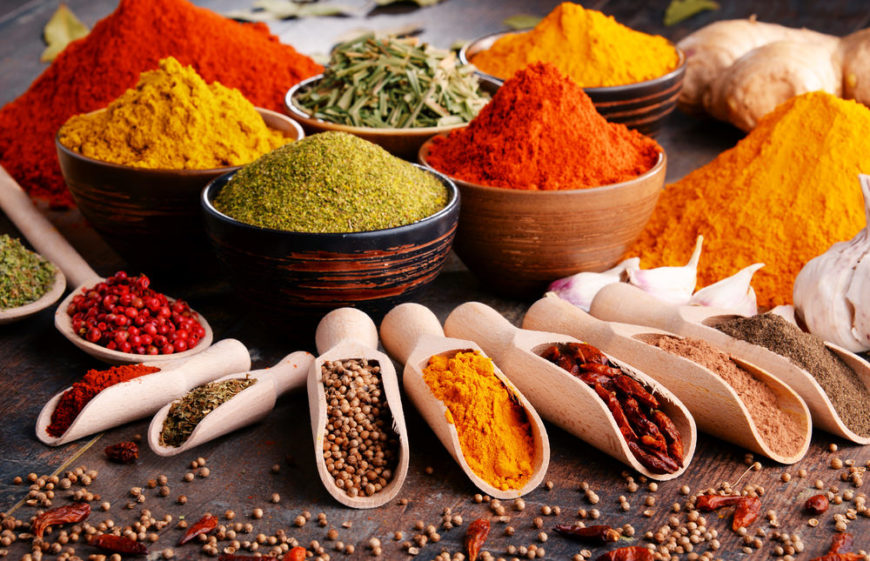
Can you imagine the kitchen without any spices and herbs?? Well, me neither, to tell you the truth, I do not even want to try!!! I love herbs and spices. Maybe I am not the braves one when it comes to hot and spicy, but for all of the tasty and aromatic addition, while cooking, count me in!!
Their richness allows you to add character to the dishes, and often determines the culinary success or
failure. So, let us get to know them and experiment, taking advantage of the fact that they are now
available on every corner – even the exotic ones, coming from the farthest corners, where
centuries ago, some fearless traveler discovered them and brought them to Europe from Asia, Africa, or
America. Cumin, turmeric, ginger, coriander with a bit of pepper and garlic will help you conjure up dishes.
Indian cuisine Prepare dishes with paprika and oregano, garlic, and cumin.
Mexican, cardamom, cinnamon, ginger, nutmeg, cumin, coriander, and pepper evoke the smells and flavors of Morocco.
If you like Thai cuisine, your kitchen cannot lack of chili, ginger, garlic, onion, lemongrass and kaffir leaf, no pepper, cumin, cilantro, and turmeric.
Fortunately, spices retain their properties for a long time – it is enough to store them tightly closed and protected from light and moisture.
And it is best if instead of buying these powdered, we will make them ourselves at home and prepare our own mixtures.
It is worth remembering that the taste of and the aroma of dried herbs is more intense than that of fresh herbs, so you should add them to your dishes half as much.
Star anise
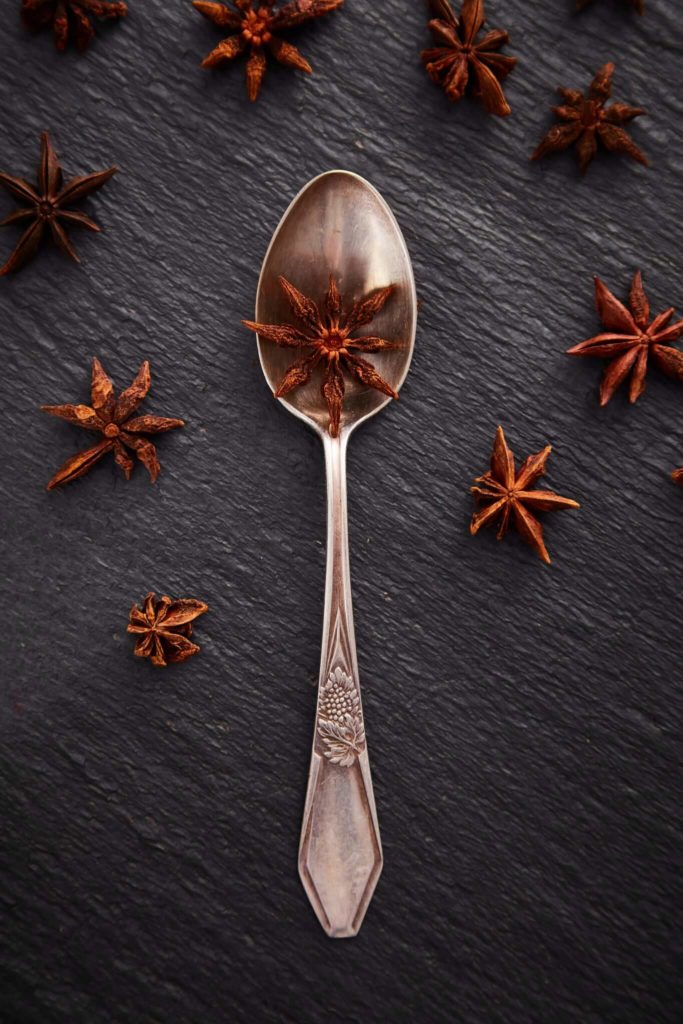
It comes from the Far East and is the dried fruit of the Badian tree. It has the shape of an eight-pointed star, which is added to dishes whole or slightly crumbled. It can also be sold as a powder. It smells intense and has a strong licorice flavor. It is extremely popular in oriental cuisine. The Chinese season soups, poultry, and beef with it. It can also be used for seasoning fruit compotes and jams.
Amchur
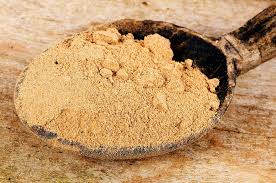
Amchur is a spice made from dried green mangoes. It originated in India and had a fruity taste that reflects its source. Amchur is a familiar ingredient in Indian cooking. It is used to add the flavor of mango when the fruit is not in season or when the flavor but not the moisture of the fruit is desired. It may be used to tenderize meat and adds a delightful flavor to dishes from curries to soups to desserts.
Curry
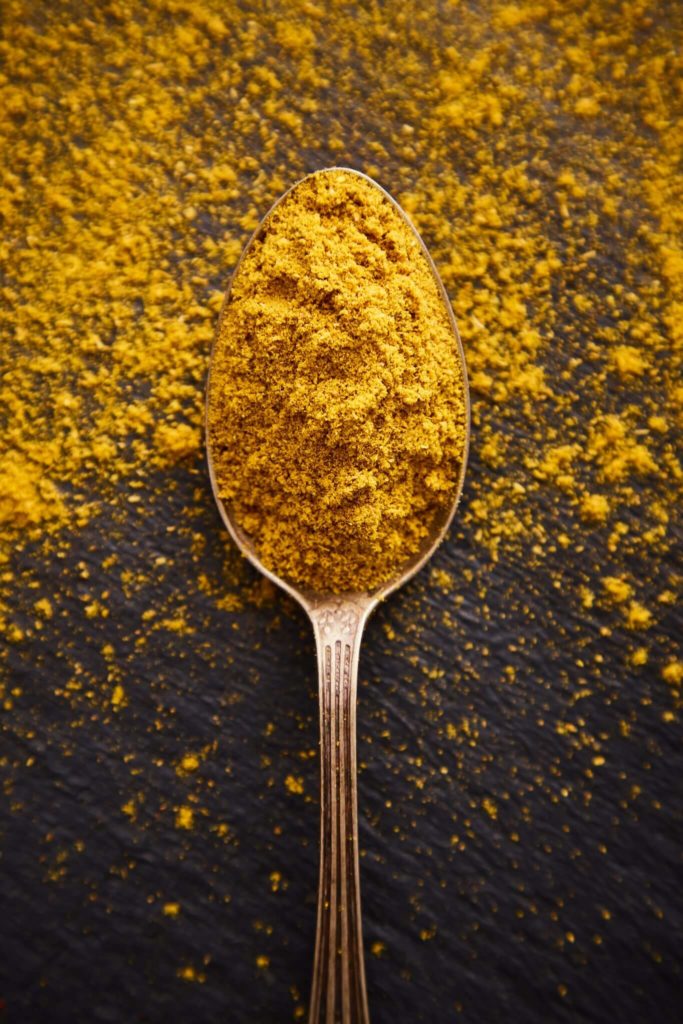
It is an incredibly famous blend of spices: turmeric, ginger, cumin, chili, peppercorns, cardamom, coriander seeds, tamarin, cloves, and peppercorns. It is perfect for seasoning meat (especially poultry), sauces, vegetables, and soups. The same name is also given to a dish of meat, fish, seafood, or vegetables in a spicy sauce, often based on yogurt or coconut milk. There is also the curry plant, the leaves of which are used in Asian cuisine in place of bay leaves and are sometimes also part of the curry spice blend.
Vanilla
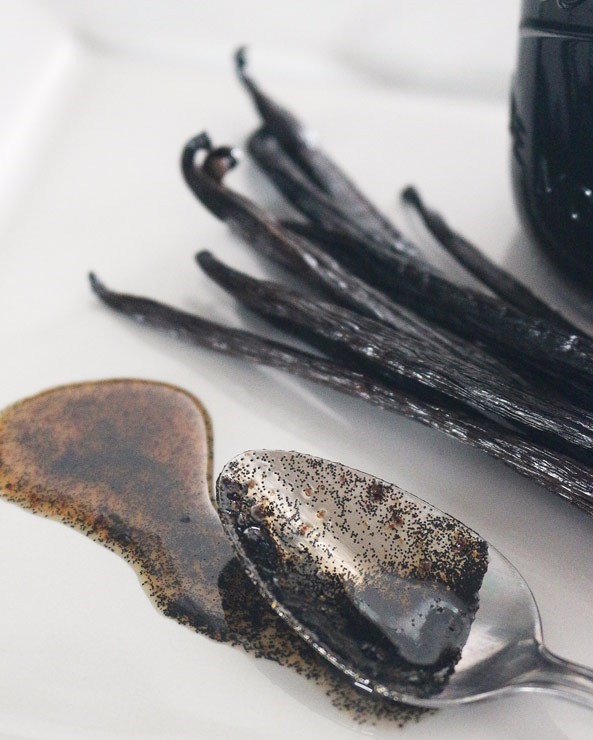
This is one of the most expensive spices. It comes from Mexico and was brought to Europe by Cortez in the 16th century. It is the fruit of a variety of orchids whose flowers bloom for only one day and only then can they be pollinated by … hummingbirds. On plantations, they are pollinated by hand and it is very tedious work. The fruit is harvested before it is fully ripe. Initially, they resemble green beans. The beautiful, sweet smell appears only when it is subjected to the process of fermentation and drying. Vanilla is used to flavor and flavor desserts, fruit, chocolate, and ice cream. It can also be added to fish.
Mustard seeds

They are tiny, hard balls: beige, brown or black. White mustard is the mildest, black – the most spicy. Mustard is the basic ingredient of mustard. It is often used in marinades and seasoning meats and sauces.
Creole spice
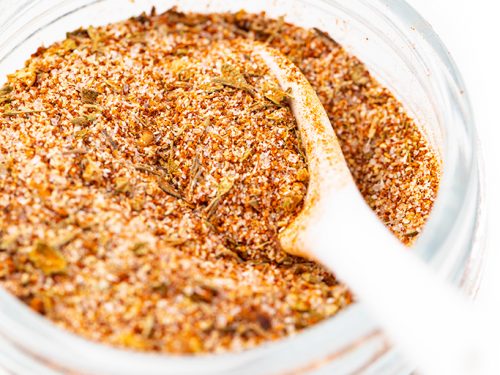
It includes paprika, cayenne and black pepper, oregano and dried thyme, dried onion, and garlic. It is spicy and aromatic, perfect for seasoning meat, fish, vegetables, and rice.
Cinnamon
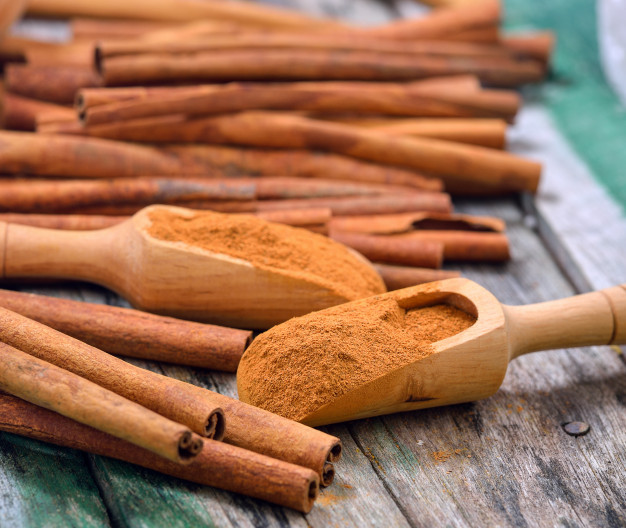
This is the inner part of the bark of the cinnamon tree. It is very aromatic: sweet and woody and slightly spicy. It is best to buy it in small amounts because it gets out quite quickly.
Perfect for mulled wine, apple pie, gingerbread. It is a good idea to season it with stewed meats and sauces, marinades and soups, rice pudding, as well as coffee and tea. It is included in many spice mixtures.
Nutmeg
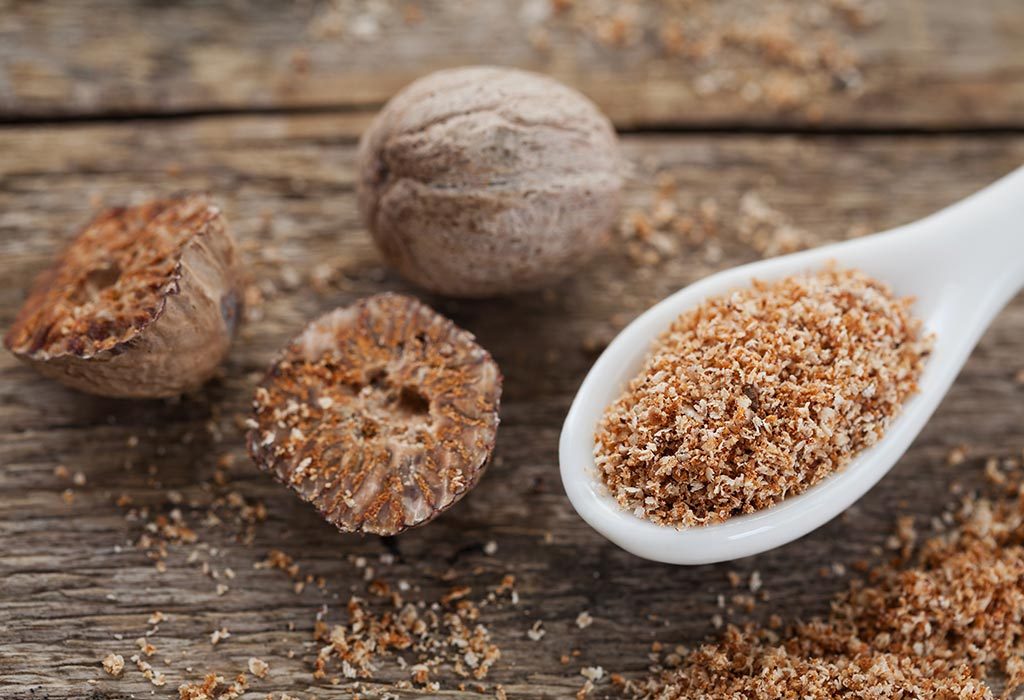
It comes from the Spice Islands and is the middle part of the nutmeg fruit seed. You can buy it whole (sometimes bleached with lime to protect against insects and fungi) or ground. It has a nutty aroma and flavor. As the minced stone gets winding faster, it is better to buy the whole stone and grate the small amount you need and keep the rest in an airtight container and protect it from light. It is a good idea to season it with cheese and béchamel sauce, cream soups, casseroles, and mashed potatoes.
Marjoram
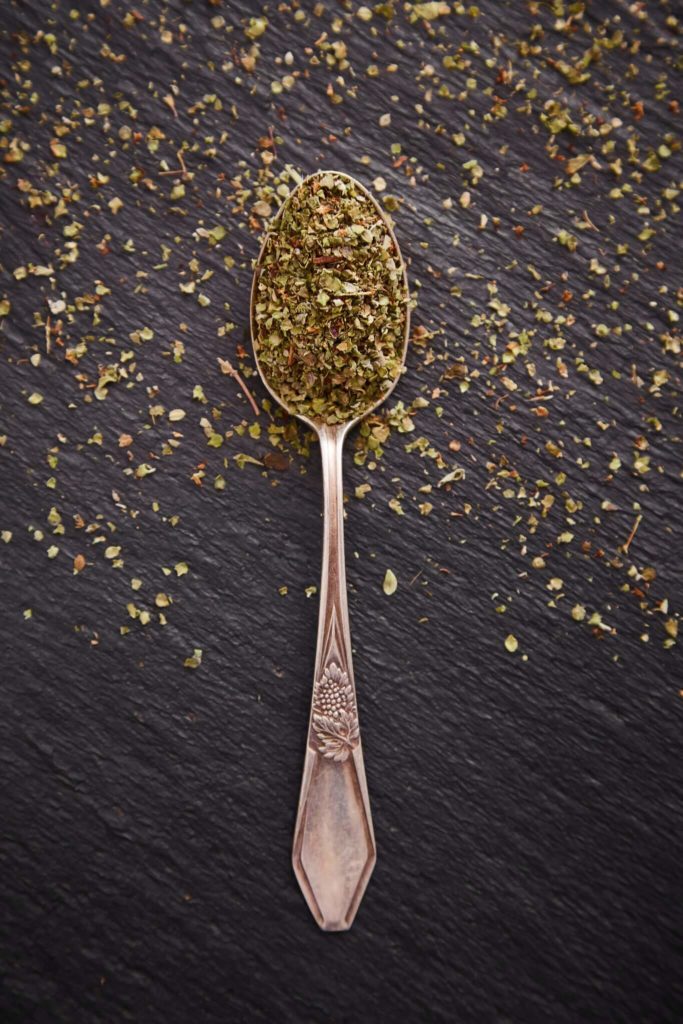
It comes from the Middle East but is now grown almost everywhere. It is often featured in Mediterranean recipes and is used to flavor seafood and fish dishes. Also, in Polish cuisine it is extremely popular and used to season many soups (sour rye soup, tripe, pea soup), meats and sauces, pates, and vegetable dishes.
Coriander fruit
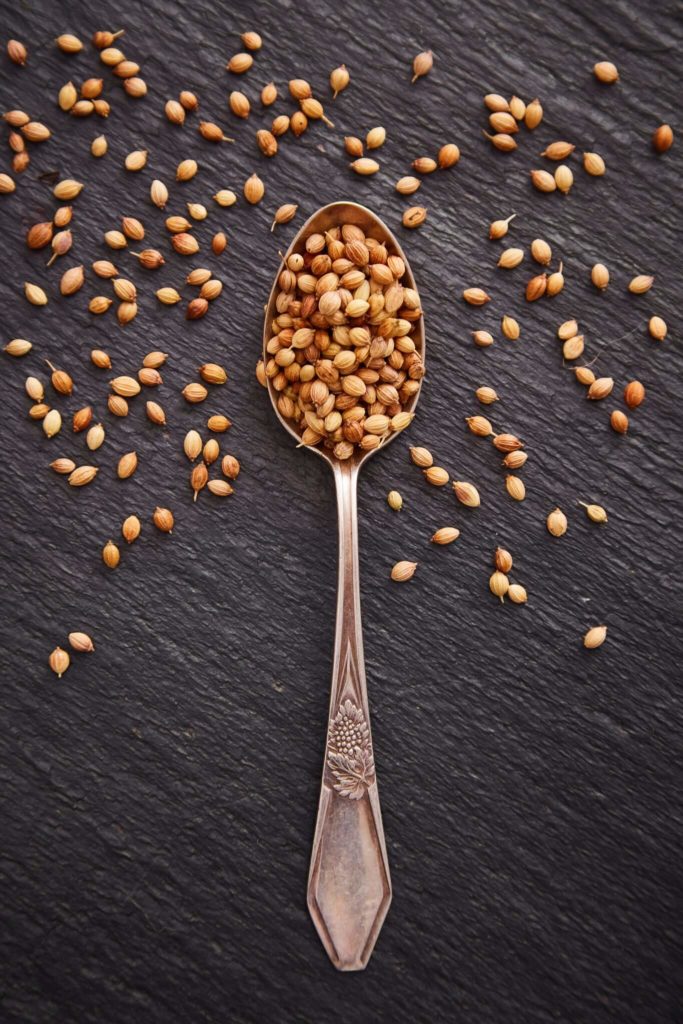
They are tiny, have a mild, sweet taste, slightly orange with a hint of sage. They smell and taste most intense if you crush them after roasting them. You can also buy them coarsely ground or powdered, but in this form, they lose their taste and aromatic properties much faster. It is a spice characteristic of Arabic cuisine. Season meat, fish, pates, and pickles, as well as sauces, salads and tarts and even rice with coriander seeds
Garam Masala
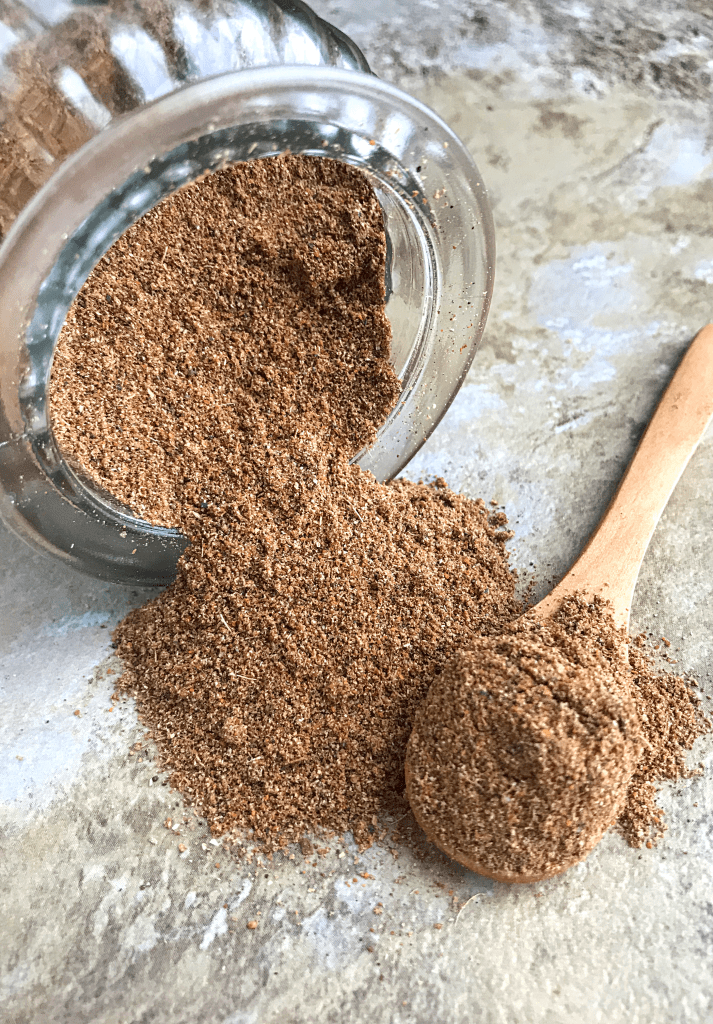
So, the Indian “hot spice mix” consists of roasted: coriander, cinnamon, mustard, cloves, cumin, nutmeg, and turmeric. Roasting additionally emphasizes their taste, which is why the mixture is quite intense and spicy. Like other mixtures, this one is also subject to various modifications depending on the region it comes from. In order not to lose the strength of the aroma and flavor, garam masala is added in a small amount at the end of cooking, into : rice, vegetables, sauces, and poultry.
Coriander
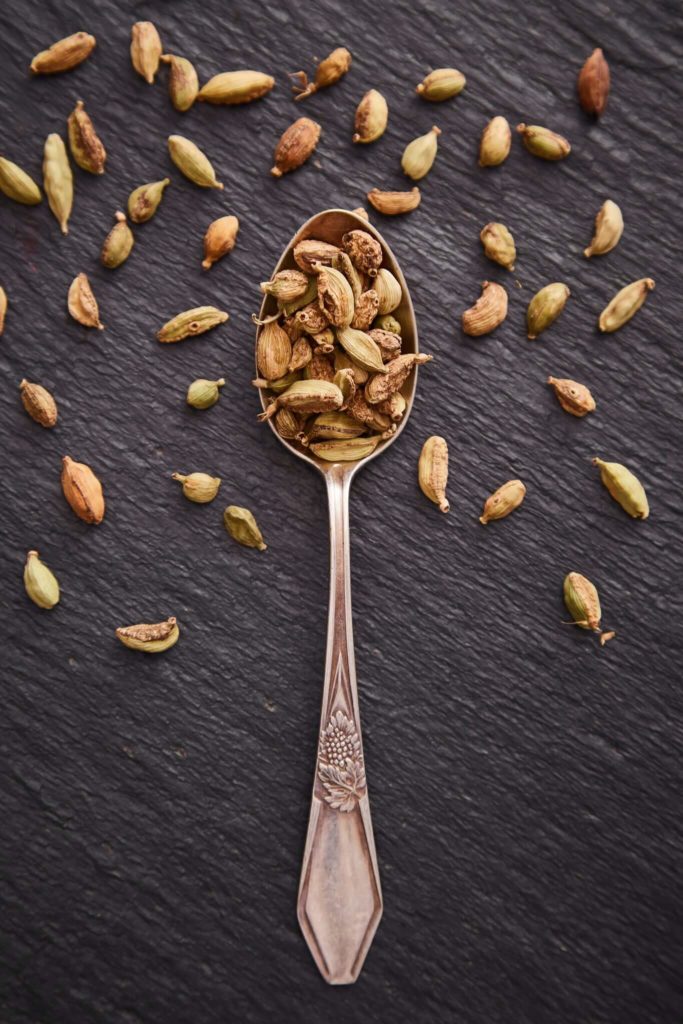
It is a gift from India – grains enclosed in a small shell. We can buy it in the form of such tiny pods, grains or in the form of a ground, which, however, winds the fastest. As it is quite expensive, it is better not to buy it “in advance”, but in small amounts, which we use before they lose their properties – a slightly spicy, warming taste with a lemon note.
It is cardamom, among others, that gives the gingerbread spice its characteristic flavor. It will be indispensable to prepare Indian, Asian, and Arabic dishes. It is also perfect for seasoning tea, fruit mousses and desserts, but also meat and fish.
Saffron
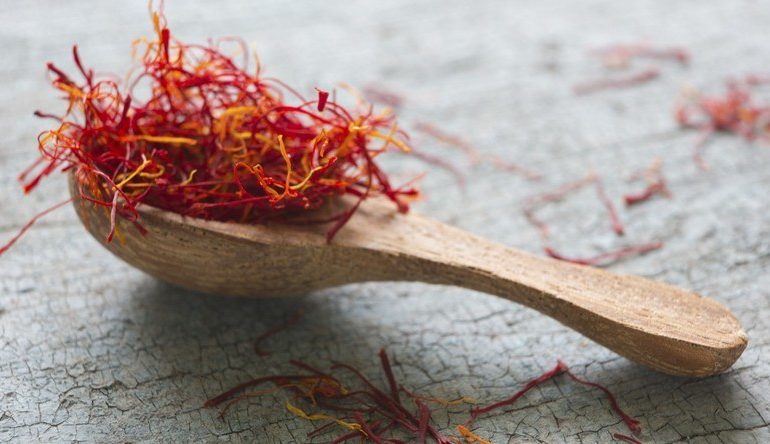
They are hand-picked flower stamens of a certain variety of crocus, and since each flower contains only three of them, it takes tens of thousands of flowers to produce a kilogram of this spice. This is why saffron is the most expensive spice in the world and is most often sold at just half a gram. Fortunately, such a small amount is enough, because saffron intensively colors the dishes. Unfortunately, it is often counterfeited, especially the powdered one. Its aroma and taste are reminiscent of honey. To release its color and flavor, it is best to dip it in hot water, broth, or wine. It is added to French bouillabaisse fish soup and Spanish paella or Italian risotto Milanese.
Fenugreek
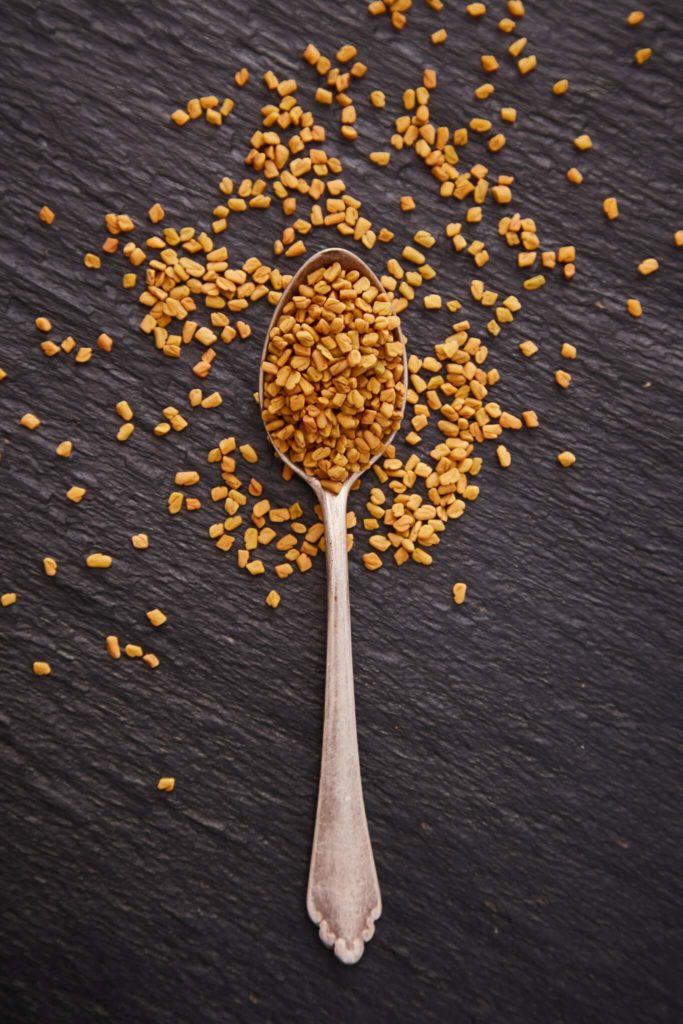
It is also called the Greek clover or God’s grass and appreciated not only by chefs, but also by the cosmetic industry, as it promotes hair growth and alleviates acne skin problems, and pharmaceuticals due to its healing properties – it lowers blood sugar and blood pressure, supports digestion, and protects the liver and intestines, has an expectorant, antibacterial and anti-inflammatory effect. In the kitchen, its seeds are used, sold whole or in the form of a yellow powder. It is an ingredient of curry mixes. It has an intense, bitter taste and aroma, so you should not overdo it so that it does not dominate the dish. It is especially popular in Asian cuisine. In India, even a coffee-like drink is brewed from ground seeds. It can be added to both meat and fish dishes, soups, sauces, vegetables, pasta and even preserves. So, it is very versatile.
Cumin (Roman cumin)
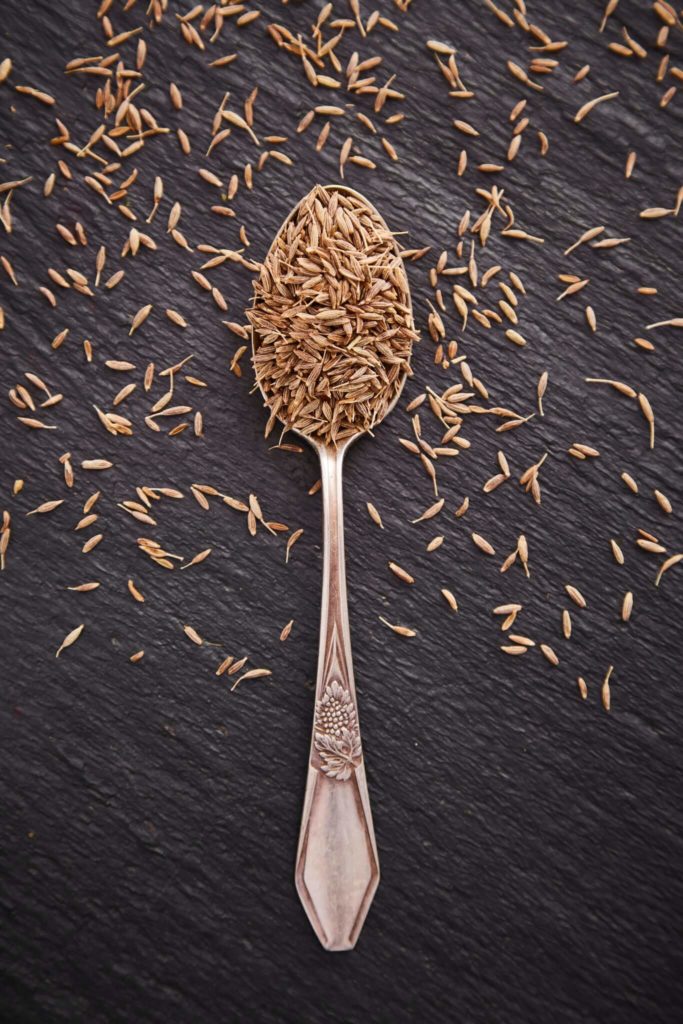
It comes from Egypt. It is slightly bitter, quite spicy in taste. It is found in many spice blends. It is especially popular in Indian, Moroccan, Arabian, and Mexican cuisines, which are places where more spicy dishes are appreciated. It goes well with fish, seafood, meats, cheese, and dishes made of eggplant, beans, and sauerkraut.
Celery Seeds
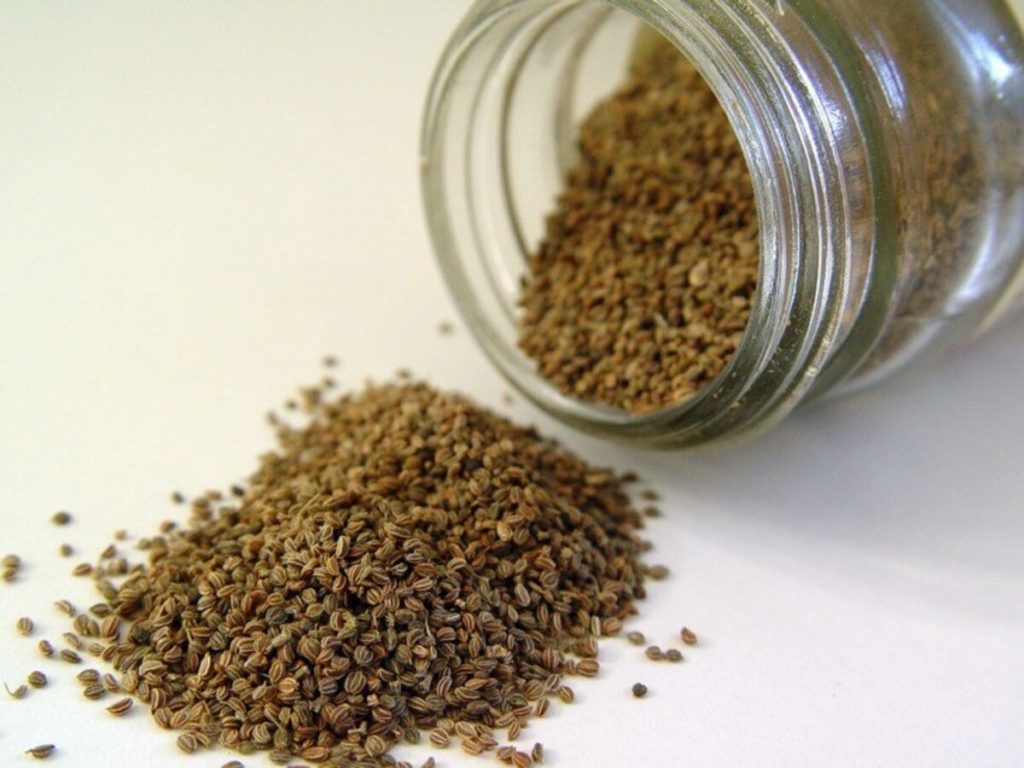
Celery is grown as a common vegetable throughout the temperate regions of the world. Its seeds are used as flavorings and may be found either whole or ground. As an ingredient, celery seed imparts a very concentrated celery flavor, so a little goes a long way. It is used in stews and pickling and may be used in salads or sprinkled on breads to act as both flavoring and garnish.
Poppy seeds
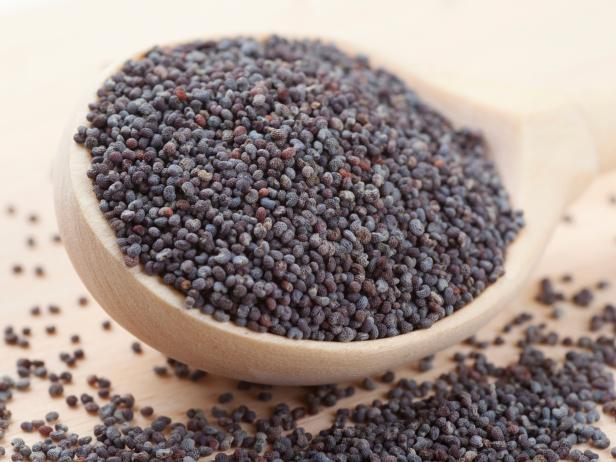
These are tiny, blue seeds (although Indian poppy seeds are white). They taste nutty and sweet, especially if you spit them. It is most often used for desserts, cakes, sprinkling bread, but also for salads and stews, pasta, and asparagus. I recommend using it as a breading but be warned: it burns quickly.
Herbs de Provence
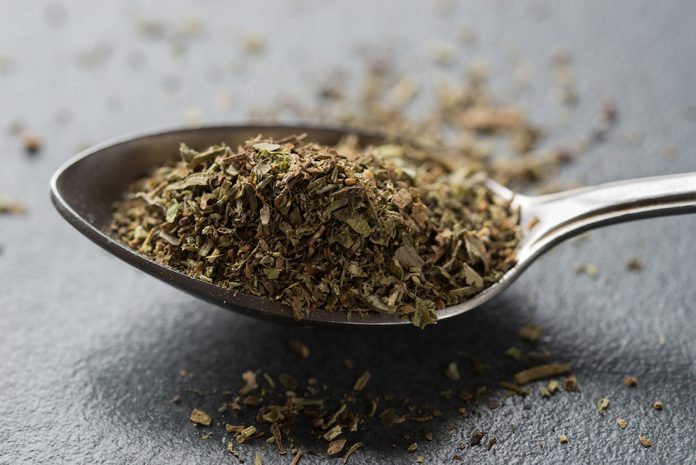
It is a blend of dried thyme, marjoram, oregano, rosemary, bay leaves, savory, basil, sage, lovage and chervil. It is very aromatic. It is added to pizza sauce, grilled dishes, roasted meats, fish, and tomato sauces.
Za’atar
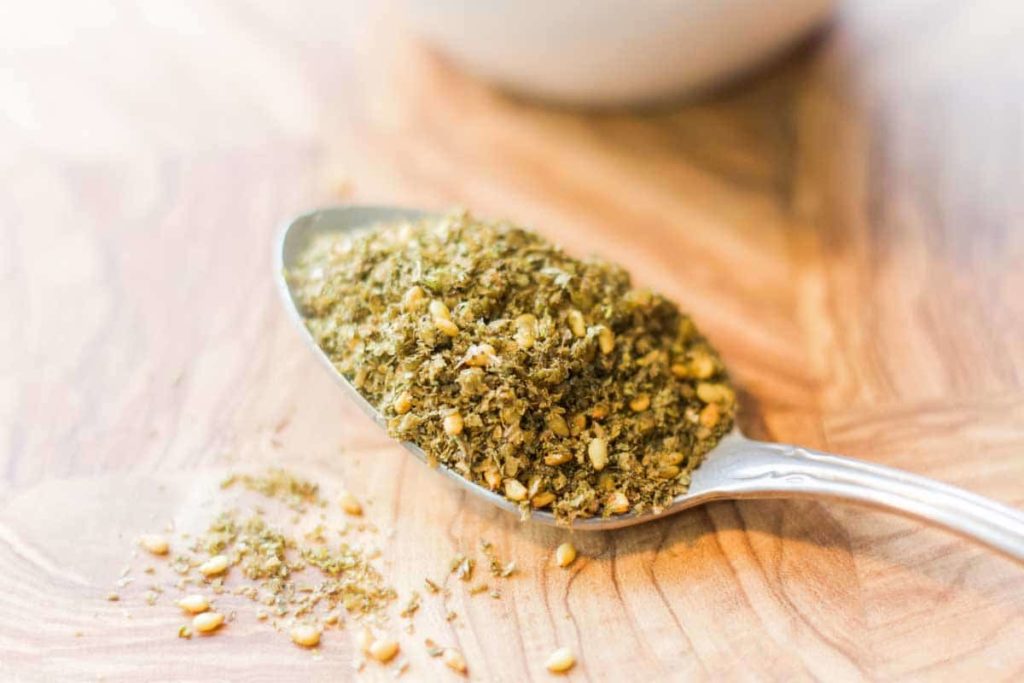
A mixture popular in Arab countries, consisting of thyme, serpentine, marjoram, mint, oregano, hyssop, coriander seeds, savory, cumin, and sesame. It is versatile, suitable for seasoning meat and vegetables, salads, pizza, and bread.
Turmeric
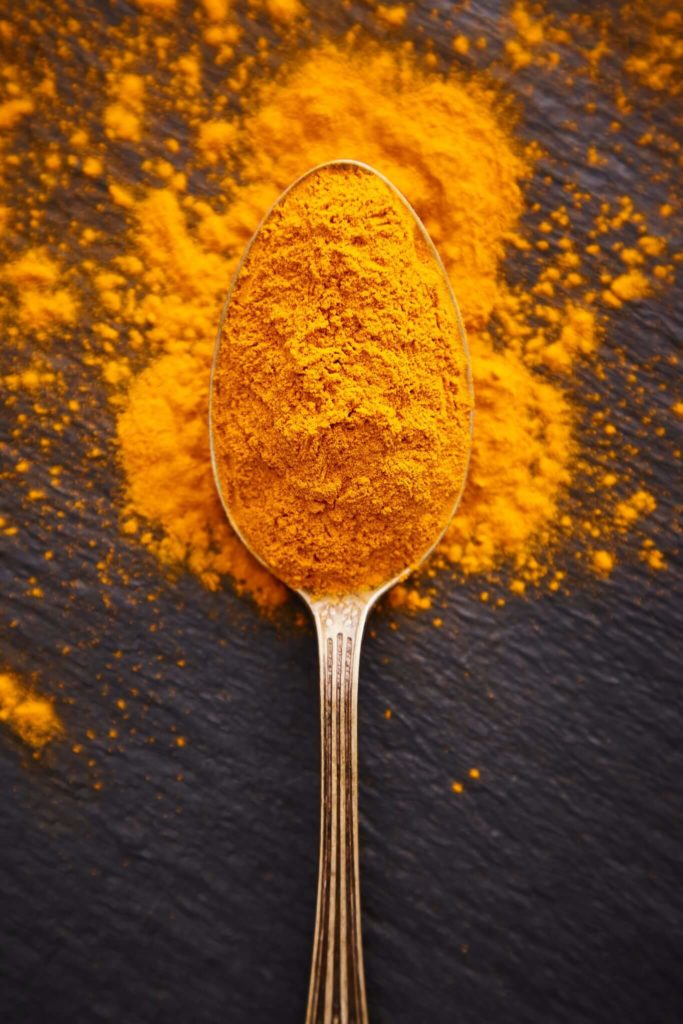
So “Indian saffron” has a very delicate flavor and an intense yellow color which beautifully colors the entire dish, and it is mainly used for this reason. Monks in India still use turmeric as a natural dye for their sacred garments. We buy it in the form of a powder, which is made from a dried, ground rhizome. In fact, it can be added to almost anything, from vegetables, through meat, to pancake dough. It is included in many spice mixes: garam masala, ras el hanout, tandoori and of course curry.
Juniper berry
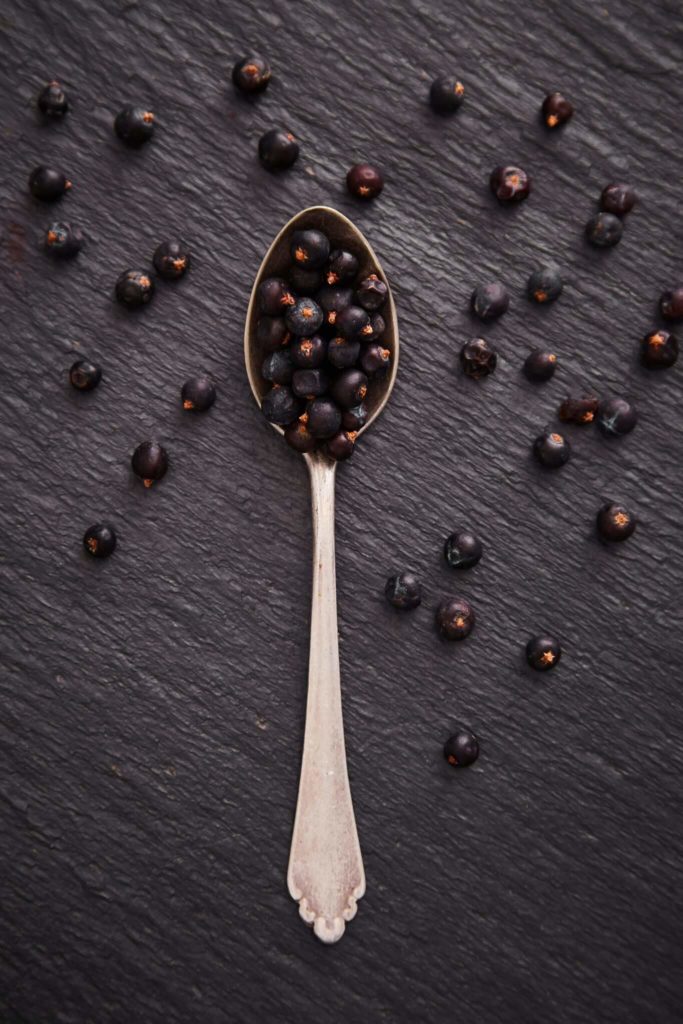
Tiny juniper balls have an intense forest aroma and a sweet, mild flavor. They are often used for marinades and for seasoning meat, especially game and cabbage dishes. Their taste can also be found in many cold meats, and they are lost or juniper. It is worth using this spice during the barbecue season, not only to season meat, but also to give it a characteristic aroma to grilled dishes when thrown onto hot coal.
Berbere spice
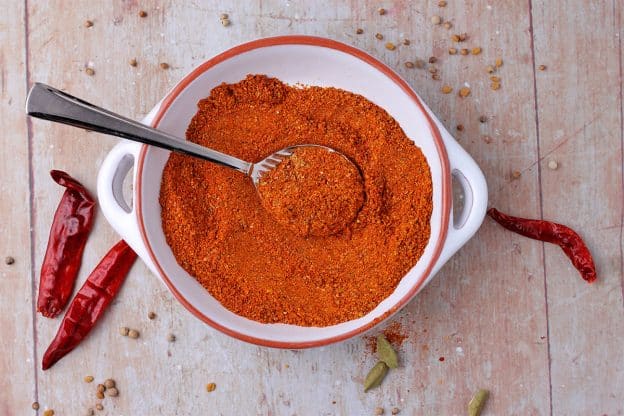
popular Ethiopian spice blend with a rough and earthy texture. Berbere mix adds spice to dishes and is used to marinate red and white meats – grilled, baked and fried (rub it into meats with oil before cooking). Made of : Fenugreek, New Mexico chiles, Paprika, salt, ground ginger, onion powder, cardamom, ground coriander, ground nutmeg, garlic powder, cloves, cinnamon, allspice.
Dill
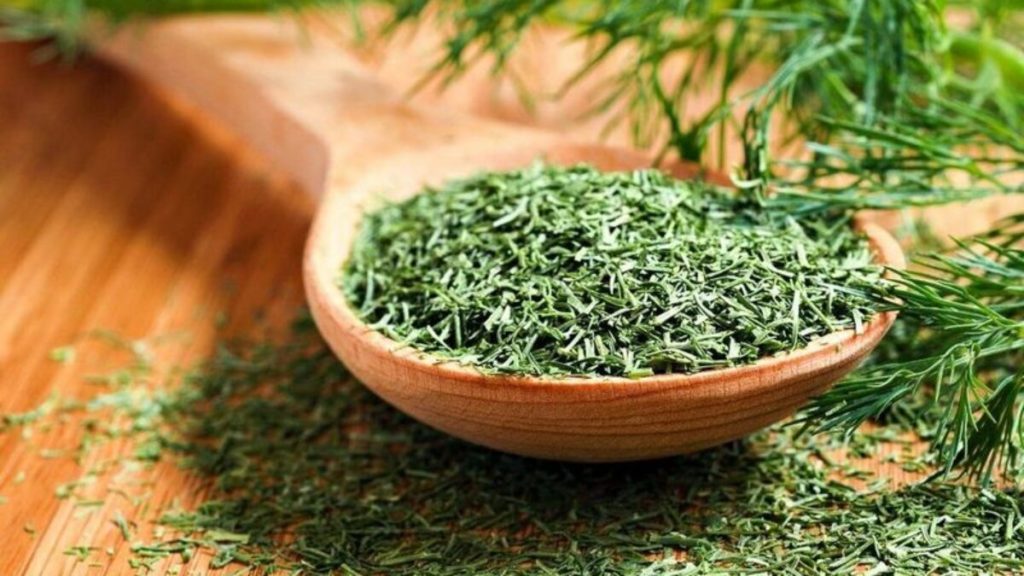
Dill is a lacy plant that is native to Europe and Asia. The leafy portions can be used fresh or dried, and the seeds are sold in dry form. Dill is widely used in many cultures. It famously flavors pickles, can be sprinkled over bread dough, soups, and salads, and can be used to flavor butter for potatoes, corn and other vegetables. Many appetizer dips have dill added for an extra bit of zing.
Pepper
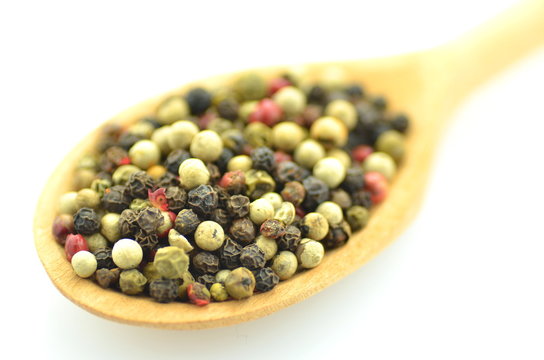
The most basic spice in any kitchen came from India, where it grows on trees. Currently, depending on the variety, pepper also comes to our tables from Malaysia, Indonesia, Brazil, or Italy. Its many varieties differ in aroma and taste. Black – the most popular – is the most spicy, green – sweet and slightly fruity. Red also has a bit of sweetness, although it is spicier in taste than green and has a more intense aroma, while Chinese Sichuan pepper has floral notes. The mildest taste is white pepper – that is, mature red pepper that has been peeled from the shell before being ground.
Of course, you will get the most intense aroma and flavor by grinding the pepper just before using it in a mortar or grinder.
Macis (mace)
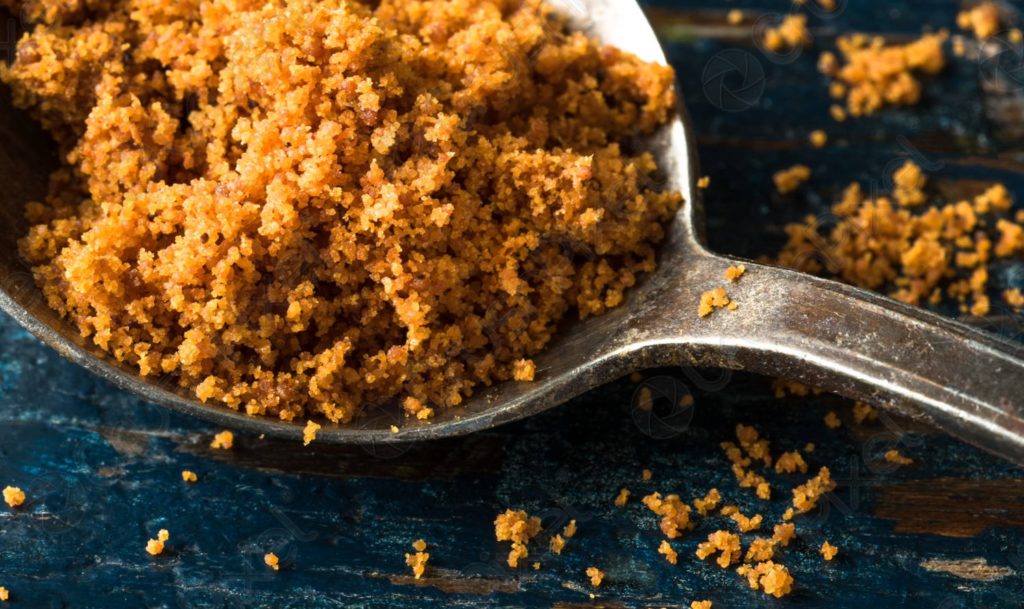
It is a nutmeg shell – red or orange, depending on where it comes from. It is more expensive than a knob, but also more efficient, its taste is softer and sweeter, and the smell – more intense. It is used to flavor rice, potatoes, egg and milk dishes, fish and even chocolate.
Fennel seeds
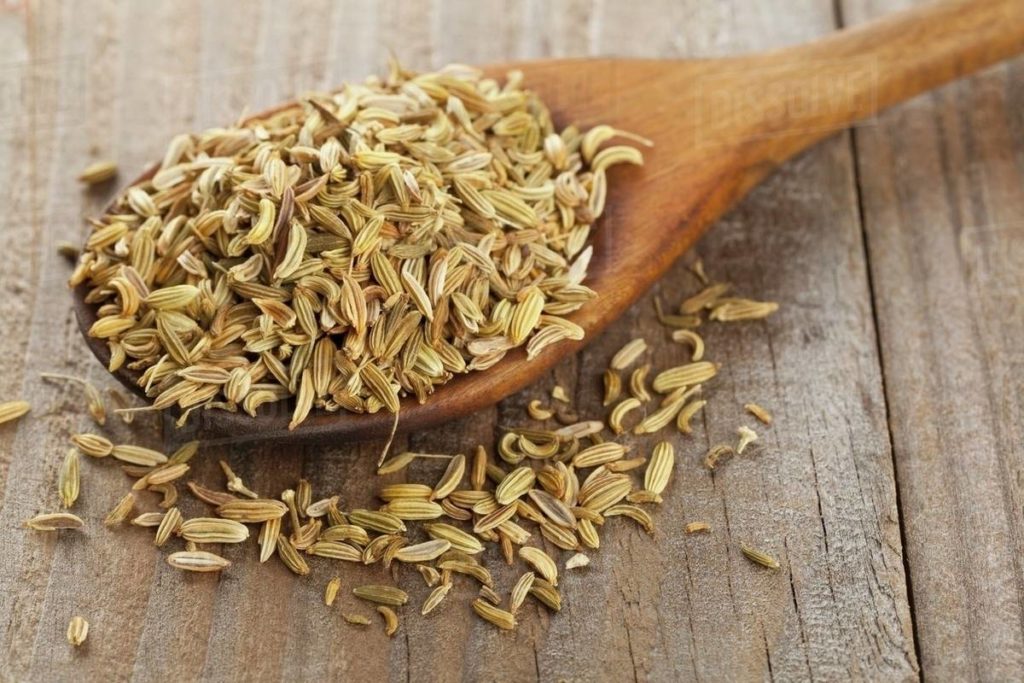
You can buy them whole or powdered. They have a bittersweet, slightly anise flavor and aroma. It is worth using them primarily for seasoning fish, but also poultry and dishes with tomatoes and citrus.
Paprika
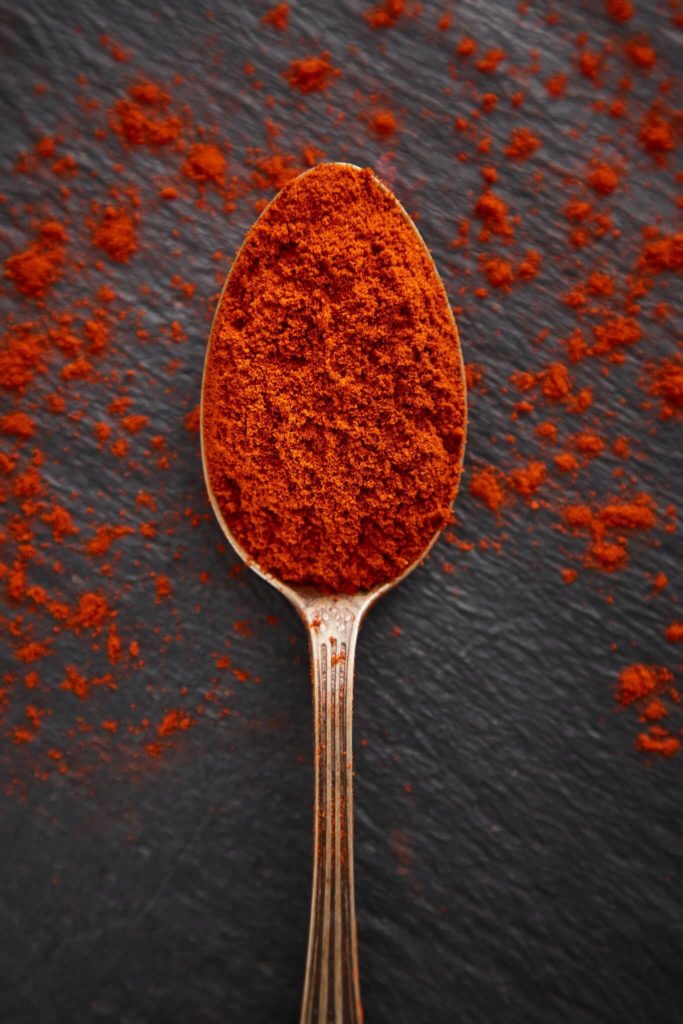
Centuries ago, it grew in South America, now it comes to us usually from Hungarian or Spanish crops. It is not much behind pepper because it is equally versatile and goes well with most meat, fish and egg dishes, soups, and salads …Ground sweet pepper is … slightly bitter, mild in taste and colors the dishes beautifully. It is supposed to be perceptible in the dishes, but not dominant. Therefore, despite its mildness, one should not overdo it with the quantity.
Smoked paprika also have a beautiful smoky aroma, which goes well with, for example, seafood and fish or meat sauces.
Thyme
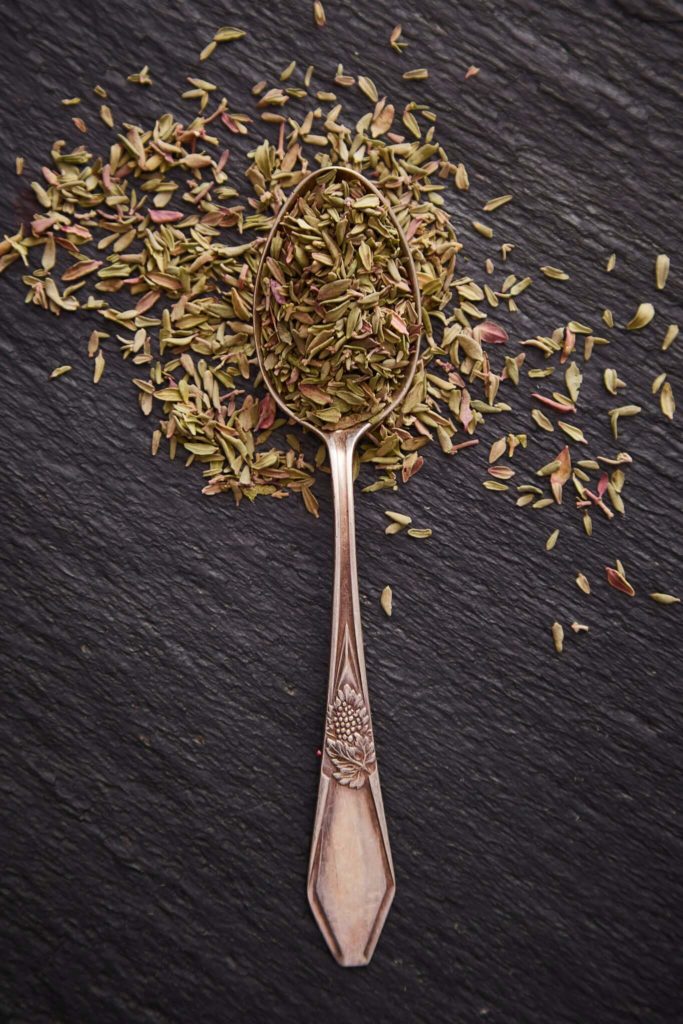
This is one of the most popular herbs and it probably does not need any special introduction. Although it comes from Mediterranean countries, it has spread and is now cultivated almost everywhere, and its cultivation will be successful even in your home garden. In addition to garden thyme, you can also buy lemon thyme – slightly smaller and greener, the taste of which is milder and richer with a hint of citrus.
Although fresh thyme is obviously richer in vitamins and minerals, its culinary advantages: the intense aroma and fresh taste can also be preserved by freezing the leaves or drying them and keeping them tightly closed, protecting them from the sun. When seasoning dishes, we only use leaves, carefully removing the stems, which remain firm despite cooking. Thyme goes especially well with meat dishes, many soups, sauces, and casseroles. It not only enriches their flavor, but also helps to digest fatty foods. Perfectly flavors herbal butter or mayonnaise and yoghurt dips. It is part of Provencal herbs and bouquet garni.
Allspice
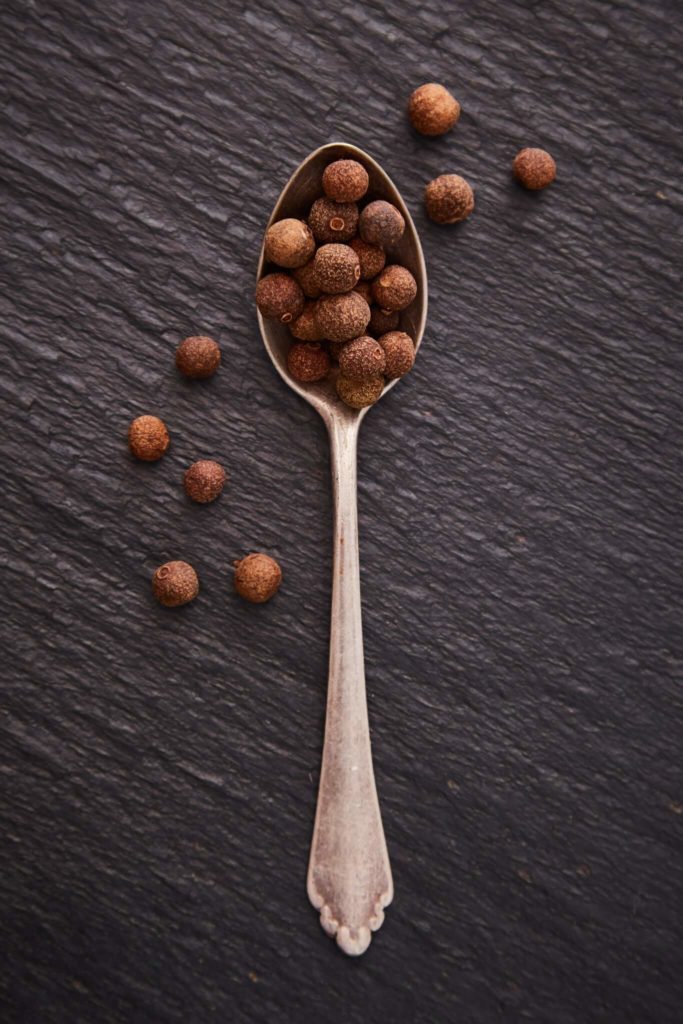
This spice does not come from England at all, but it was so popular there that it was called an English herb or pepper. She came to Europe thanks to Columbus, who was convinced that he had found the pepper he was looking for. Allspice is indeed similar to pepper, but its dark brown balls are slightly larger. It is the dried fruit of trees growing in South and Central America. It has a spicy aroma and flavor combining notes of cloves, pepper, cardamom, and nutmeg. That is why the English called them “all spice” or “all spices”. Allspice smells and tastes most intensely ground just before use, stored in a powdered form, it weathers fairly quickly. It is used to season meats, sauces, soups, and pates, but also cakes and cookies, as well as pickles and pickles. It helps to assimilate B vitamins and selenium. It has digestive, anesthetic, and warming properties.
Bouquet Garni

This is a Provencal bouquet of herbs, consisting of parsley, thyme, bay leaves and celery wrapped in gauze or a leek leaf. In various “variations”, sage, savory, coriander, oregano, or rosemary are added to the base composition. We add it to soups and sauces, but only to enrich their taste and aroma, and remove the bouquet garni before serving.
White and black Sesame
seeds
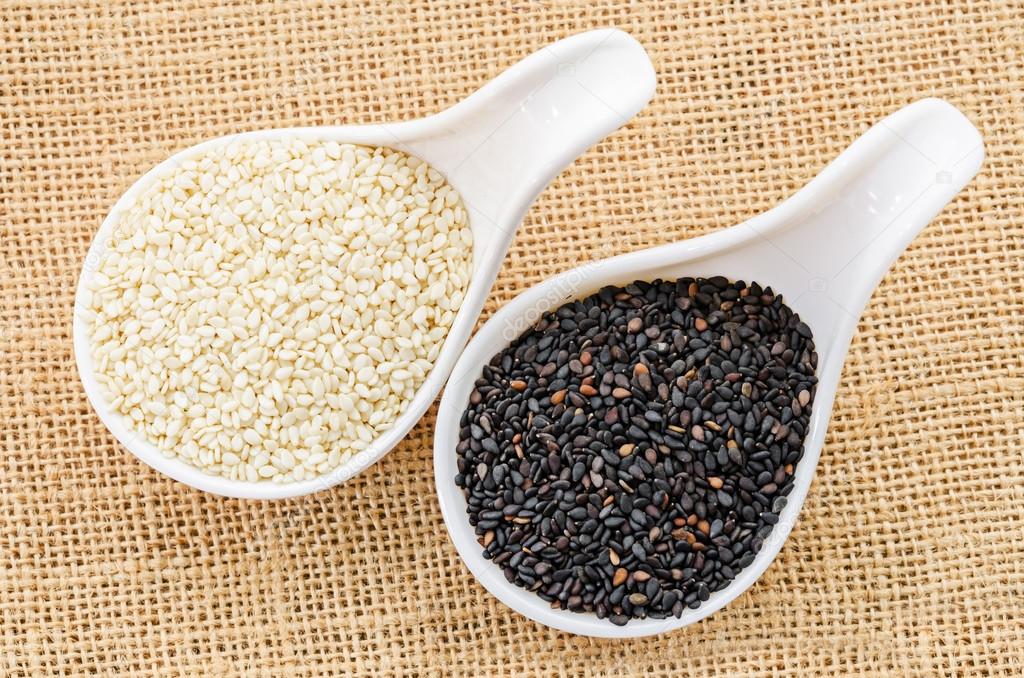
It has a nutty, mild flavor – best when roasted. It is a component of halva, humus, tahini paste, and also extracts oil. In Polish cuisine, it is most often sprinkled with cakes and bread. In oriental cuisines, however, it is often used (especially black sesame) to coat meat or fish and obtain a crispy crust. It burns fairly quickly, so be careful.
Dukkah
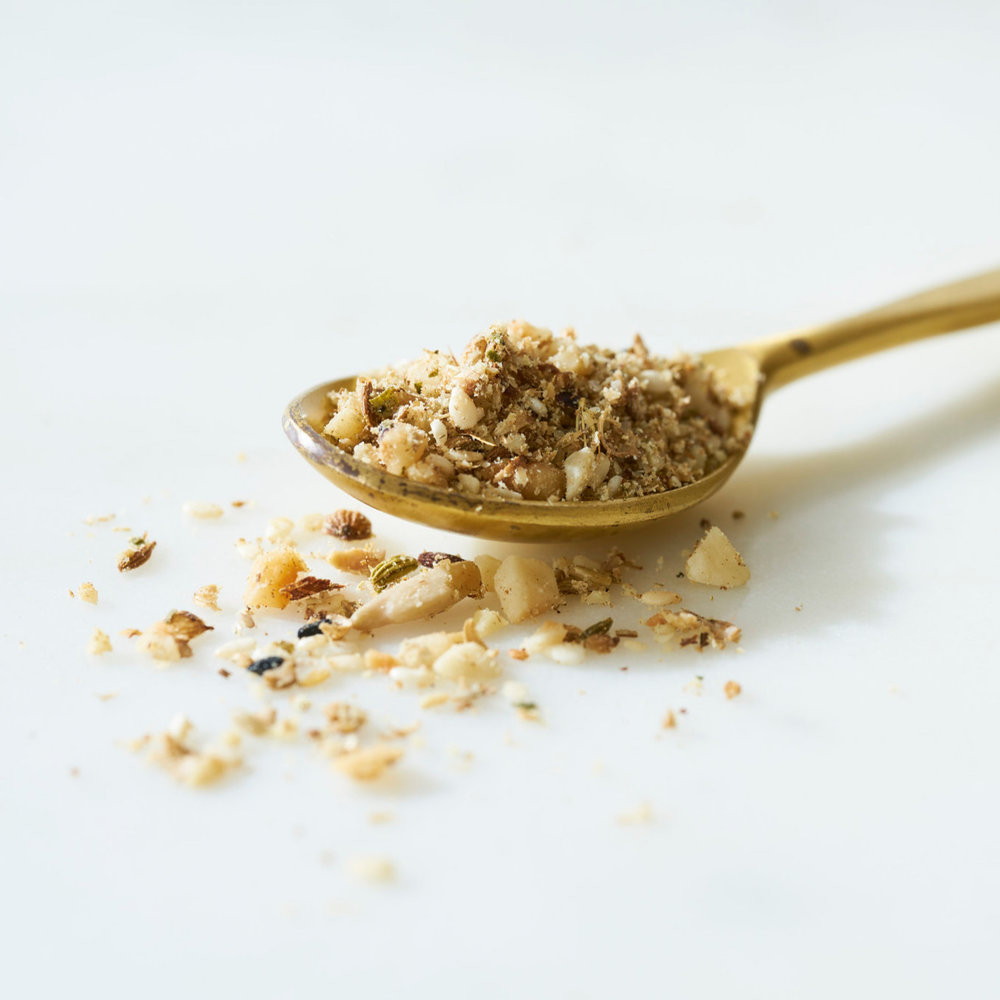
Dukkah, also sometimes spelled duqqa, is a seasoning blend that hails from Egypt. It consists of herbs, spices, and nuts, although the specific ingredients vary widely from one preparation to another. Dukkah has a very coarse texture, and it can be used as a coating for grilled meats or a topping for salads. It may also be combined with oil to make a paste for dipping pita or other breads.
Harissa
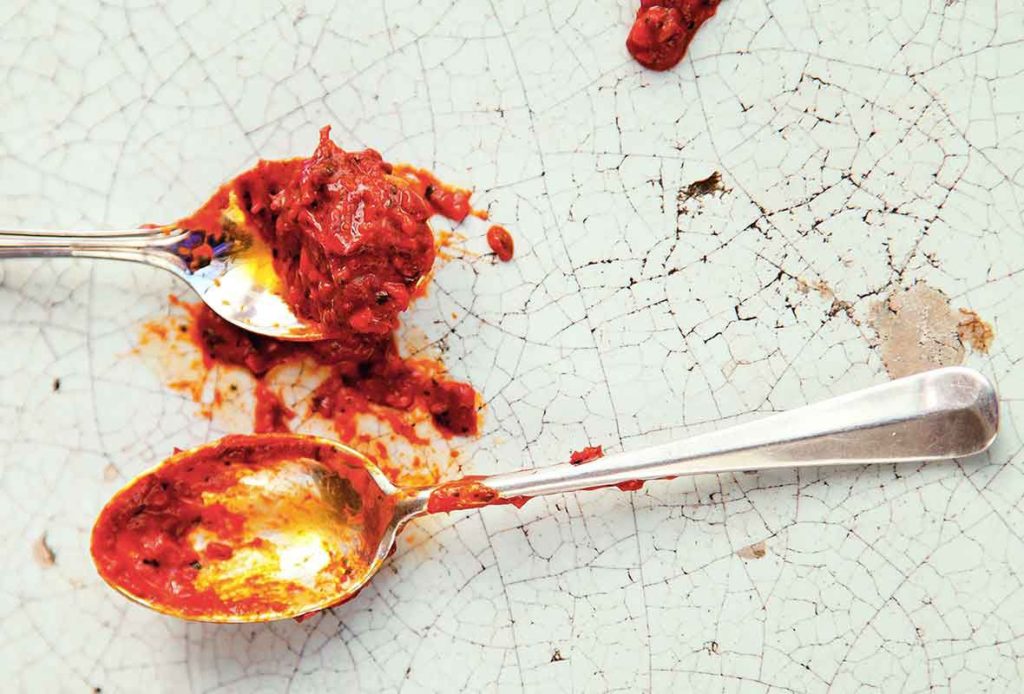
This spicy paste, extremely popular in Morocco, Tunisia, and Algeria, is made of crushed chili peppers with cumin and coriander seeds. Sometimes garlic, cayenne pepper, oil and salt are also added to it. It can be seasoned with couscous, sauces and soups or served as a dip for meat and fish.
You can buy it in a can or tube, or you can make it yourself.
Five Spices
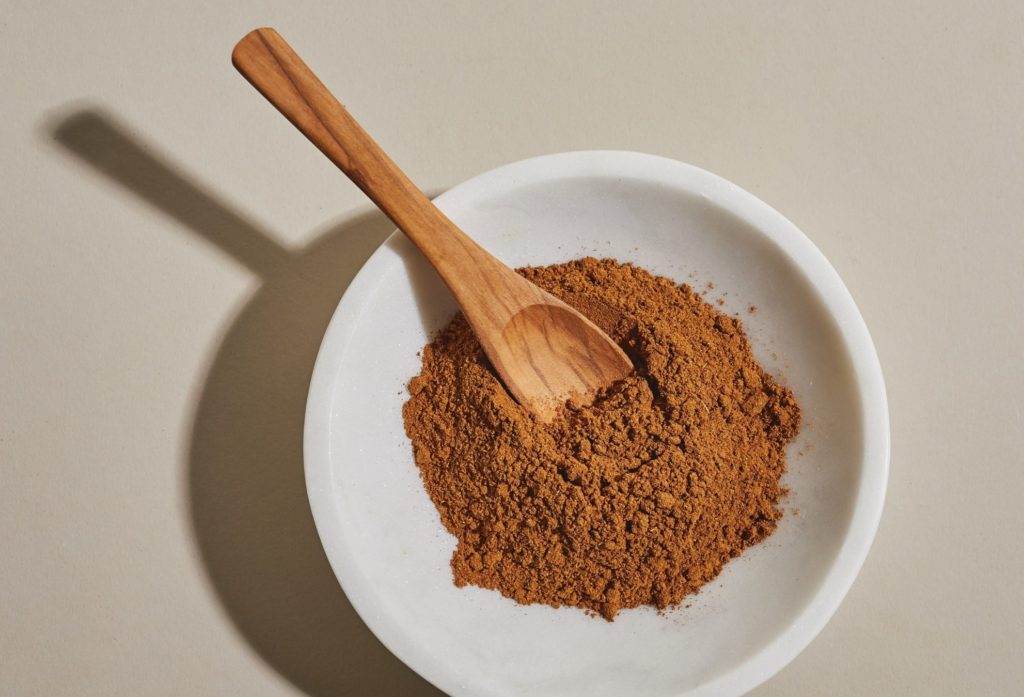
Five flavors (sweet, bitter, salty, sour, and spicy) seasoning composed of cinnamon, cloves, ground fennel seeds, anise stars and Sichuan pepper give the dishes a salty-sweet flavor. Use it to season fatty meats, fish, poultry, and vegetables.
Galangal
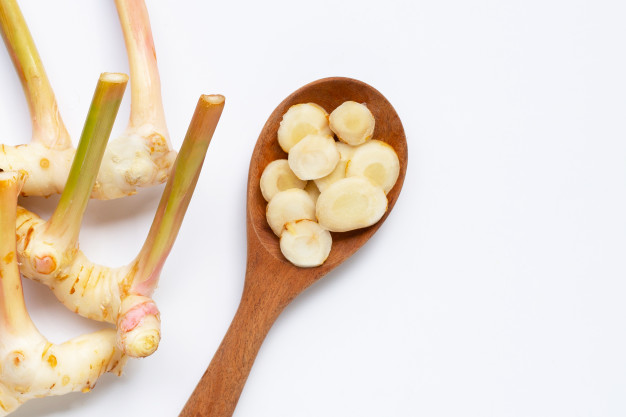
Galangal is a cousin of ginger, native to Indonesia. It may be purchased as a rhizome, which looks similar to ginger root, or in powdered form. Although it resembles ginger, the taste of galangal is quite different. It has a distinctive pepper flavor and is often paired with meat and fish. Thai cuisine uses galangal as an element of the curry paste that is used to flavor various main dishes.
Ras el hanout
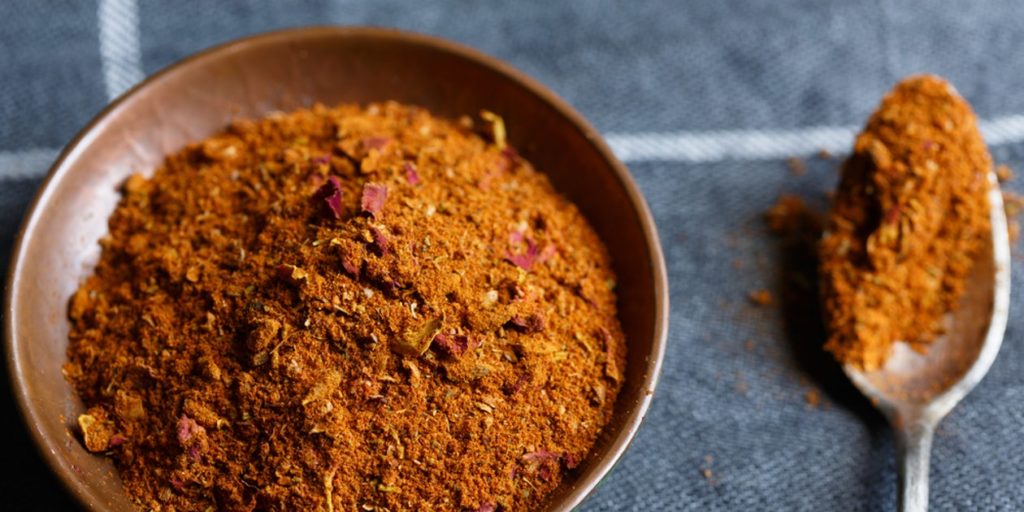
This mix is derived from Moroccan cuisine where it is exceedingly popular and there are many variants. Usually, it consists of about 10 spices, but it happens that it is prepared even from 40 ingredients. It usually consists of galangal, cardamom, cloves, macis – nutmeg shell, ginger, lavender, coriander seeds, fennel and cumin, black pepper, turmeric, and chili. Ras el hanout has an intense aroma and a pungent taste, giving the dishes a golden color. It can be used to season rice, vegetables, fish, and meat.
Ginger

It will be indispensable to prepare oriental and Asian dishes. Its warming, tart taste makes it perfect as an ingredient of pickles or salads. It goes perfectly with meat dishes, but also with seafood and fish, and even desserts, e.g., chocolate or fruit. Although you can buy it ground, I recommend using a freshly grated rhizome, especially since there are no problems with buying it. In addition to the fact that it intensifies the taste of dishes, it is also worth eating for the countless medicinal properties that Chinese natural medicine has been using for centuries: anti-inflammatory, cleansing, warming, and stimulating.
Sambal Oelek
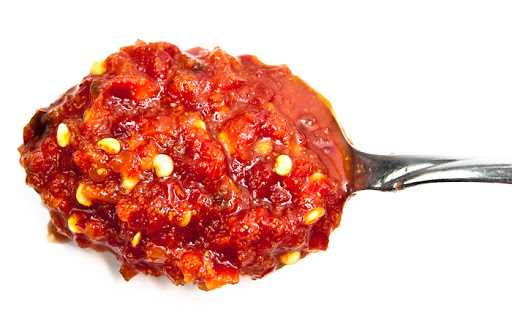
It is a type of sauce, an extremely hot, thick puree, popular in Indonesia. It consists of chili, vinegar (sometimes lime juice) and salt. It is seasoned with white meat, seafood and fish, salads, potatoes, rice, and pasta.
Lemongrass

Asian cuisine cannot do without its lemon-ginger flavor and aroma. It goes well with soups, vegetable curry, stewed meat, and seafood. It is not sour. Only the lower part of the stem is used from fresh lemongrass. However, it can most often be purchased cut, powdered, or in dried slices that must be soaked before use.
Cayenne pepper
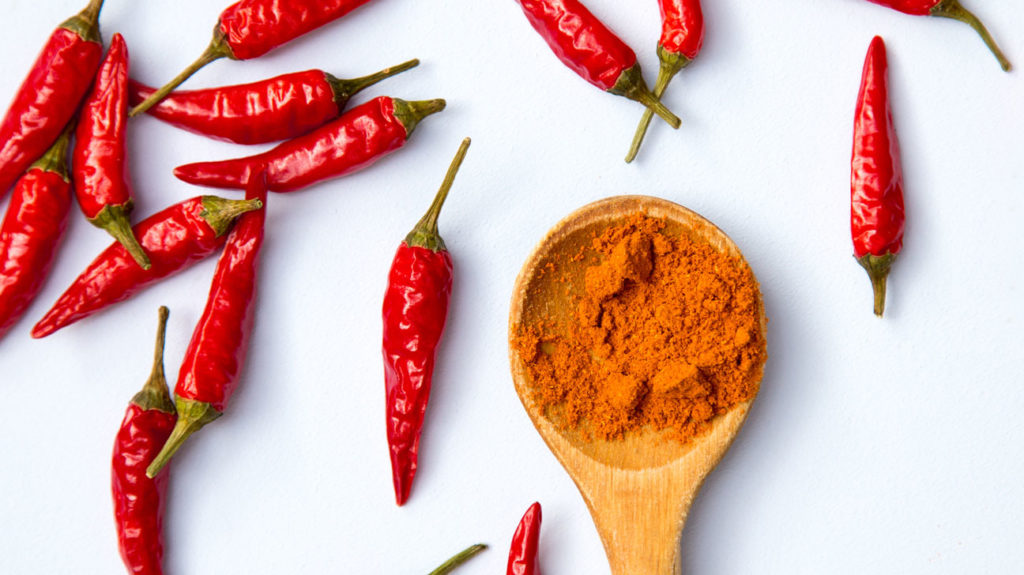
Cayenne pepper is a dried and well-ground powder made from the seeds and pods of various types of Chilli peppers. The cayenne variety is commonly referred to as “Chile Bird”.
Cayenne peppers should not be used in the same amounts as the popular peppers because of their sharpness. Just a few pinches are enough to enrich the taste of the dish. It should be stored in a dark, tightly closed container, away from the sun, and it is best to buy it in small quantities as it loses its sharpness quickly.
Pepper can be used as a spice in cooking, it is usually added to seafood, and is used to season oysters, sardines, smoked salmon and trout, scallops, fried clams, crabs, lobsters, and crayfish. You can sprinkle it on soups and snacks. It can be eaten with boiled eggs (soft-boiled, hard-boiled) and can also be added to omelets and soufflés. It works well as an addition to roasted, grilled, fried, or stewed meats. It is sprinkled on bacon before frying and is used in breading on fried chicken, fish, and vegetables. It adds spice to stews, casseroles, and sauces, especially cheese, grill and shellfish sauces. It can be used in making biscuits, pickles, ketchups, chocolate, and smoked foods. It is an ingredient in Worcestershire sauce and is often used in curry mixes.
Apple Spice
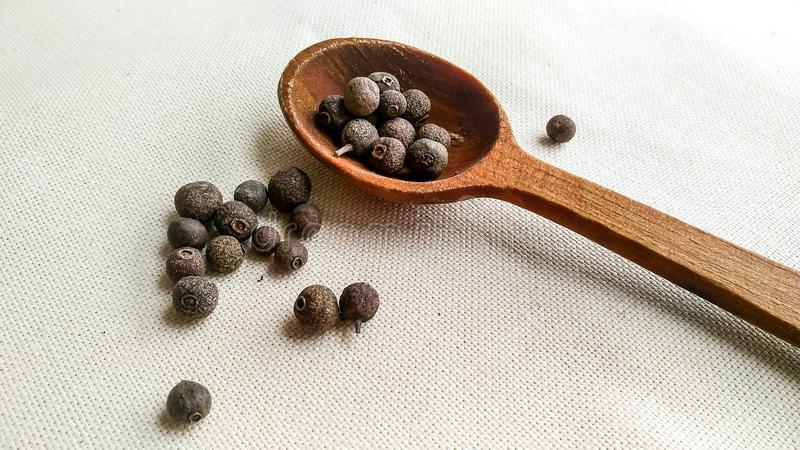
Apple spice, sometimes sold as apple pie spice, is a blend of cinnamon, nutmeg, and allspice. Apple spice is a modern blend that is designed for use in any dish that contains apples, such as pie, pastry, or baked apples. It is warm, spicy taste and aroma also lend themselves to breads, pumpkins, and squash, and even some meat dishes.
Cloves
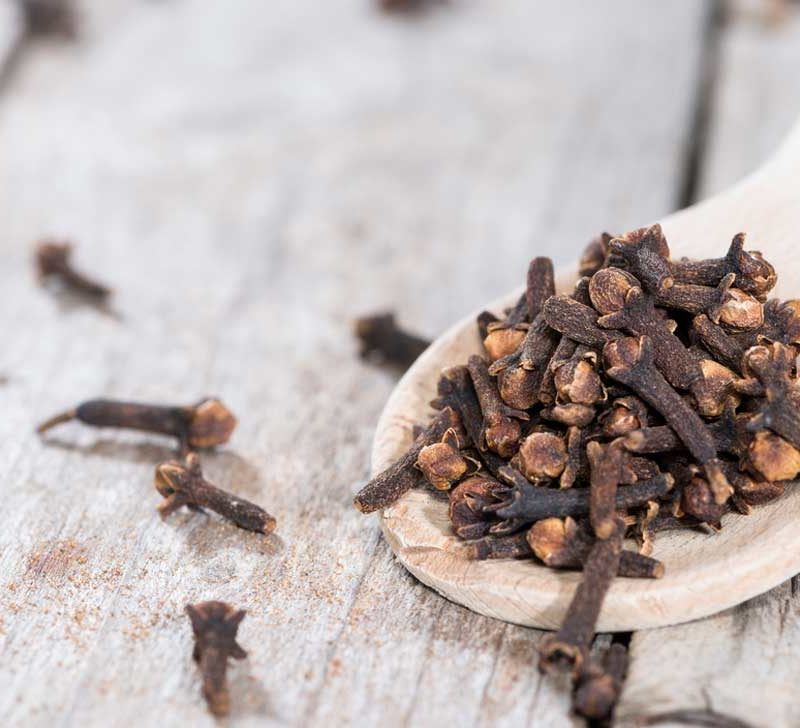
Cloves are the unripe unopened flower buds of a tropical tree. Fresh ones are pink, and the dried ones are rusty brown. Measuring 12-16 mm in length, they resemble small nails with a tapered shank. Each clove ends with four-pointed flower buds. Cloves can easily give a distinct flavor to a variety of dishes, especially ground ones, so be careful and use small amounts. Whole cloves give the roast pork flavor when they are pushed into the meat like a nail before being put into the oven. In the same way, you can put them on onion to give the elusive character of broths and soups. Cloves are often used to enhance the flavor of game, especially wild boar, and hare. They are used as an ingredient in many spice mixtures, including Ras el Hanout (Moroccan spice), curries, spices and pickles. Cloves are also an ingredient in the well-known Worcester sauce. They are popular in both North Africa and the Middle East, where they are commonly used in meat dishes as well as rice dishes.
Cardamom
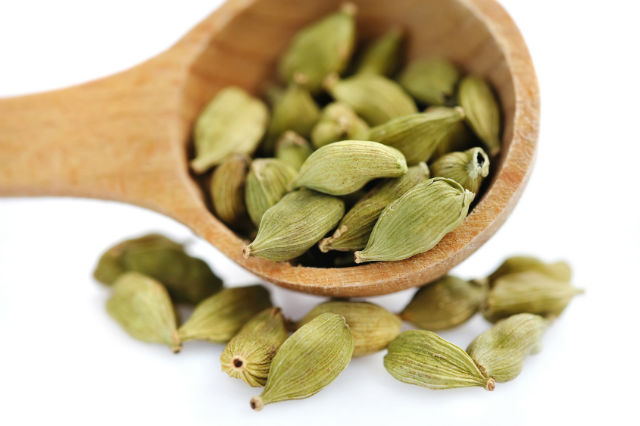
it is one of the oldest spices in the world. Cardamom is, after saffron, the most expensive spice in the world. Cardamom is most often used in the Middle and Far East, while in the west it can be found in Dutch pastries and in Scandinavian pastries, as well as in the akvavit alcoholic drink (a traditional Norwegian drink, produced since the 15th century). Cardamom is a frequent addition to curry dishes; it is a key ingredient in dishes such as pilaf (rice dishes). Cardamom is often added to Indian sweet foods and drinks. Due to its high price, it is perceived as a “festive” spice. In addition, it is used as a spice flavoring pickles, especially pickled herring, mulled wine, and as an addition to meat, poultry and shellfish dishes. It gives flavor to creams and some Russian liqueurs. Cardamom can also be chewed (like nuts), especially where it is readily available, such as in the East Indies. It gives an interesting flavor to Turkish coffee, which is served by Arabs with seriousness.
Sumac
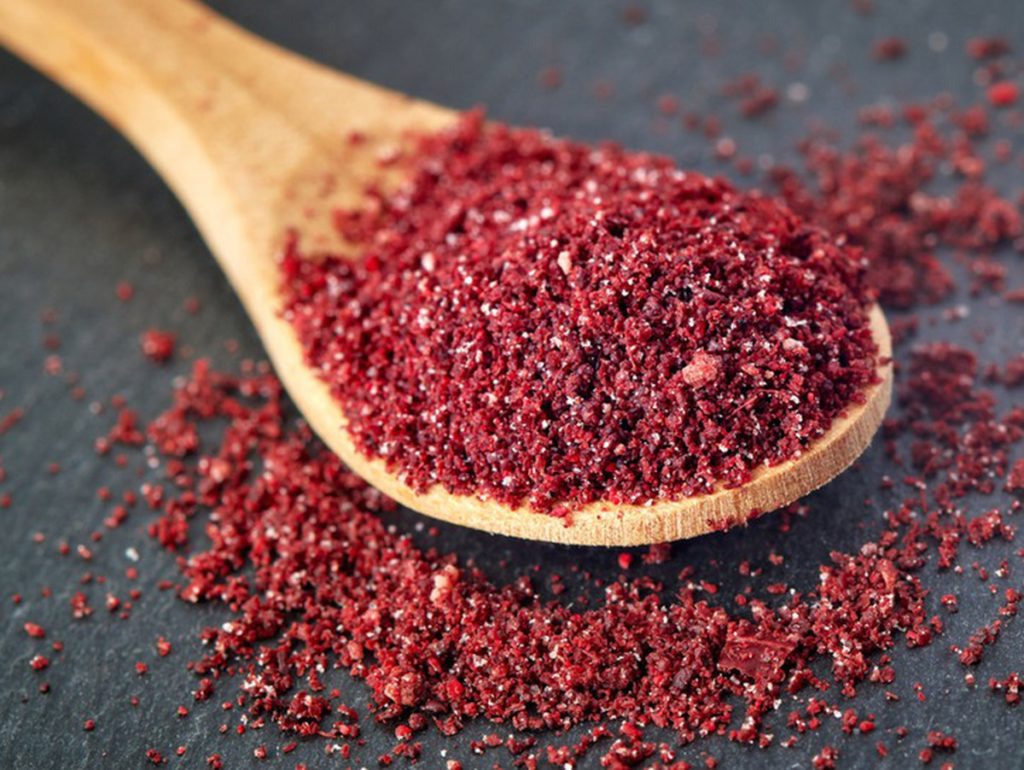
The sumac tree can be found growing in regions as disparate as Africa and North America. The deep, rust-red fruits of the tree are dried and ground into a bright spice which is also known as sumac. Sumac gives the taste of lemon when added to foods. Its use varies in different cultures, and it can be used to flavor meats, hummus and rice among other dishes. It can even be combined with sugar and water to make a sweet beverage.
Horseradish
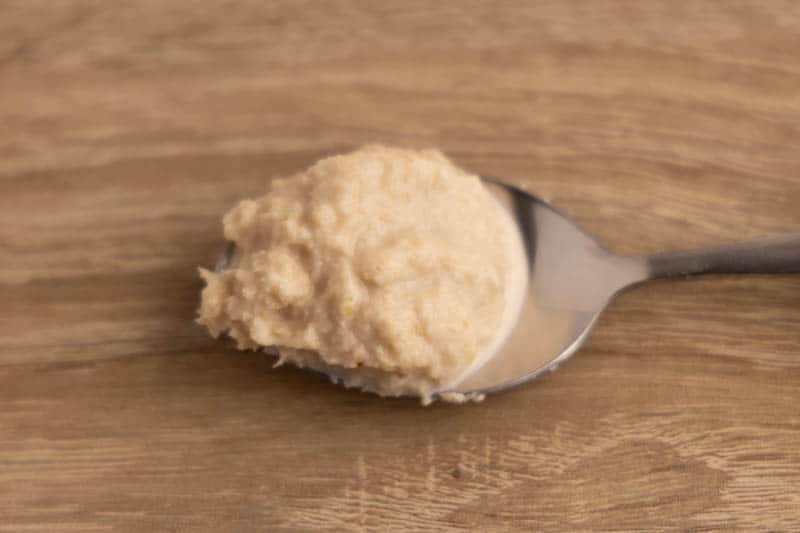
Horseradish is made from the root of a plant that is so ubiquitous its origins have been lost. It is quite pungent and has the power to make the eyes water and the mouth burn. Horseradish is most often served as a sauce. What it is combined with will vary depending on the region, but its use is similar. It is most often served as a condiment for meats and sandwiches.
Oregano

A species from the mint family. Oregano is an important herb in the kitchen. Leaves are used to flavor the flavor, which may have a better flavor when dried than when fresh. Oregano is usually used for sauces, pizzas, seasoning meats, salads. In northern Italy, this herb has been used for centuries and is most often used with baked, fried or grilled vegetables, meat and fish. Unlike most Italian herbs, oregano pairs well with the spicy foods that are popular in southern Italy. However, it is less used in the northern part of the country, where marjoram is preferred. Oregano is an ingredient of Provencal herbs.
Rosemary

It has a characteristic strong flavor, slightly piney, slightly sweeter than mint, with a slight hint of ginger. The taste of rosemary goes perfectly with poultry, fish, lamb, beef, veal, pork and venison roast. Rosemary enhances the flavor of spinach, tomatoes, peas, mushrooms, cheese, eggs, lentils and completes the flavor of chives, thyme, parsley, chervil and bay leaves. Mild potato and eggplant soups, as well as pickles, dressings and cream sauces benefit greatly from the strong character of rosemary. You can use both flowers and rosemary leaves for cooking and decorating dishes. Before sprinkling the food, crush or grind the spiky leaves.
Lovage
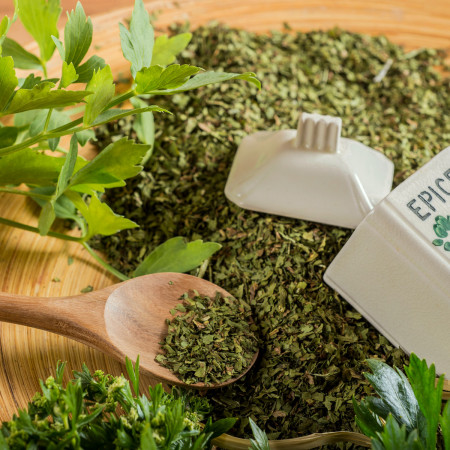
It belongs to the parsley family and its seeds, leaves and roots are widely used in Europe to flavor food and drink and can be eaten cooked or raw. The leaves are used as an addition to soups, stocks, flavored vinegars, pickles, stews and salads. In Italy, lovage is included in the composition of oregano and garlic, used in tomato sauces. Lovage seeds are often sprinkled on salads and mashed potatoes, and the crushed ones are added to bread, cookies, biscuits and cheese. The stalks are cut and used as seasoning for sauces and stews, and the candied leaves and stalks are used to decorate cakes. The roots are peeled to remove the bitter-tasting skin and then used as a vegetable or marinade.
Garlic

the taste is sharp and pungent. The strong onion flavor can become invasive if consumed in excess. Garlic’s use is widespread, an important ingredient in most cuisines. Just a little bit of this spice enhances the taste of meat, fish and vegetable dishes, while remaining unnoticed.
Sage

Popular among connoisseurs of Italian cuisine, sage is not only an aromatic spice. This herb, due to the content of a unique combination of substances with a strong healing effect, is widely used in nature therapy. In turn, the high content of essential oil consisting of thujone, cineole, camphor, bornel, and pinene makes sage a popular spice that can be added to fatty meats such as pork, goose and duck.
Piri Piri Pepper
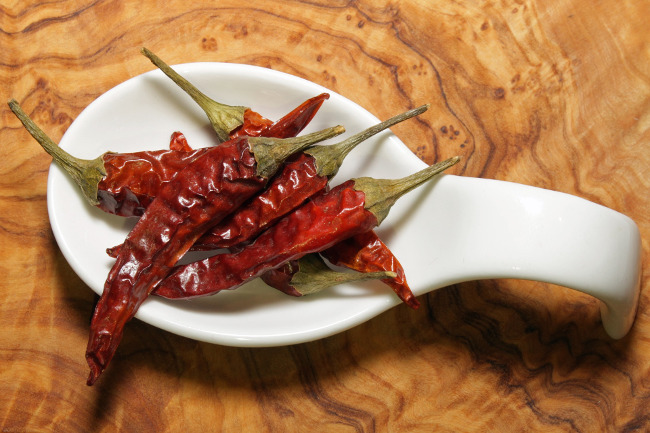
In African cuisine, piri-piri is often used in the preparation of sauces, spreads and spice oils, and marinades for meat, poultry, and a variety of fish. It is also used in soups and stews.
Caraway Seeds

Caraway seeds are not really seeds at all, but the dried fruits of a plant that is found in north Africa, Europe, and Asia. Caraway seeds have a flavor that is similar to that of anise and are perhaps most familiar as the ingredient that gives rye bread its distinctive taste. Caraway seeds are used in a wide variety of dishes throughout the world, from rice dishes in India to cakes in England. They are used to make liqueurs and are even chewed to freshen the breath.
Black Caraway Seeds
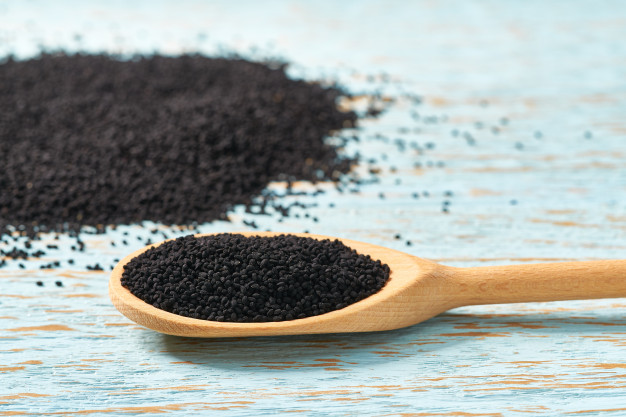
Black caraway seeds are harvested from plants that are native to Asia. They have a taste that resembles pepper and onions, and they are popular in the cuisine of India and the Middle East. Black caraway seeds are often blended with other spices and used to flavor curries, but they are also used in the familiar naan bread and may even be used as a substitute for pepper if the need arises.
Nigella
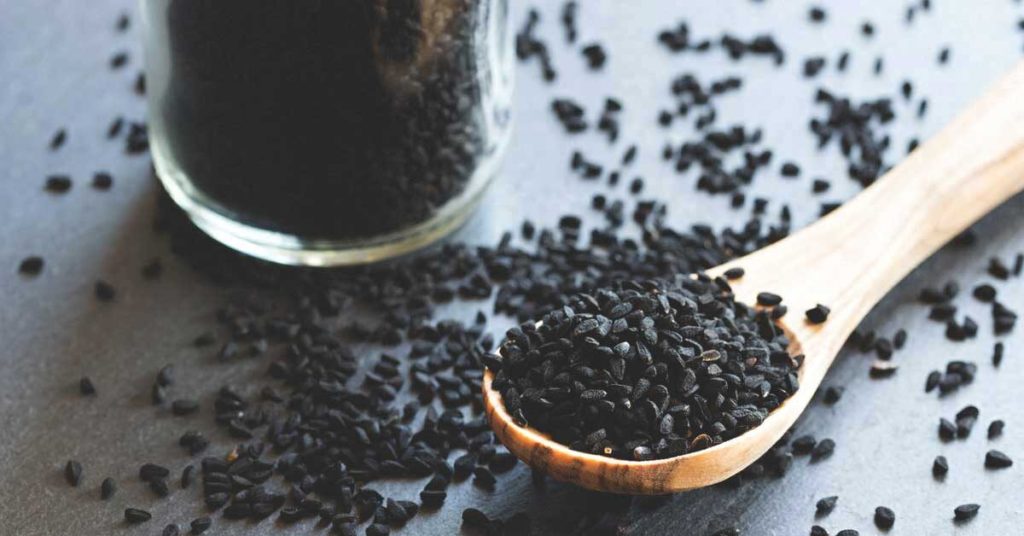
The seeds of the nigella plant are used in the cuisine of India and the Middle East. The seeds are small, black, and combine the tastes of oregano, black pepper, and onion. Nigella seeds are commonly used to flavor curries, meats, and vegetables. They are also often combined into regional spice blends that are used to prepare traditional dishes.
Kokum
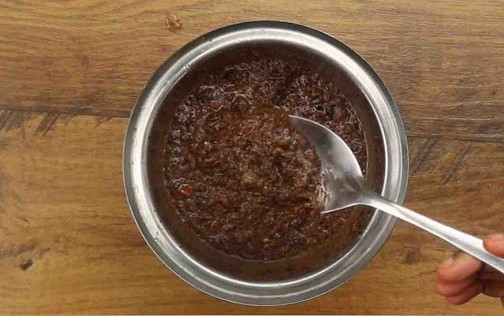
Kokum is derived from the outer coating of a fruit that is native to India. The dried husk is quite sour and is used in cooking to impart that distinct sour taste to various dishes. Kokum is used to flavor lentil dishes and curries. It is also sometimes used to balance the effect of sweet seasonings. It is popular regionally in beverages that are said to cool the body in the hot Indian climate.
Mint

Mint has been used for many centuries, and spearmint is the preferred variety for most culinary purposes. This mint harmonizes with the taste of many vegetables, such as: new potatoes, tomatoes, carrots and peas. A few chopped leaves give a refreshing flavor to salads and salad dressings. Mint pouring is an ingredient of haggis and black puddings.
Peppermint is commonly used in desserts, giving its distinctive fresh flavor to fruit, ice cream and sorbets. This plant is popular in the Balkans and the Middle East, where – fresh or dried – it is used as an addition to grilled meat, stuffed vegetables and rice, it is also a very important ingredient of dolman (Turkish grape leaves). Dried mint is sprinkled with hummus and dishes cereal. Also, yogurt sauces, dips, and soups often contain mint.



